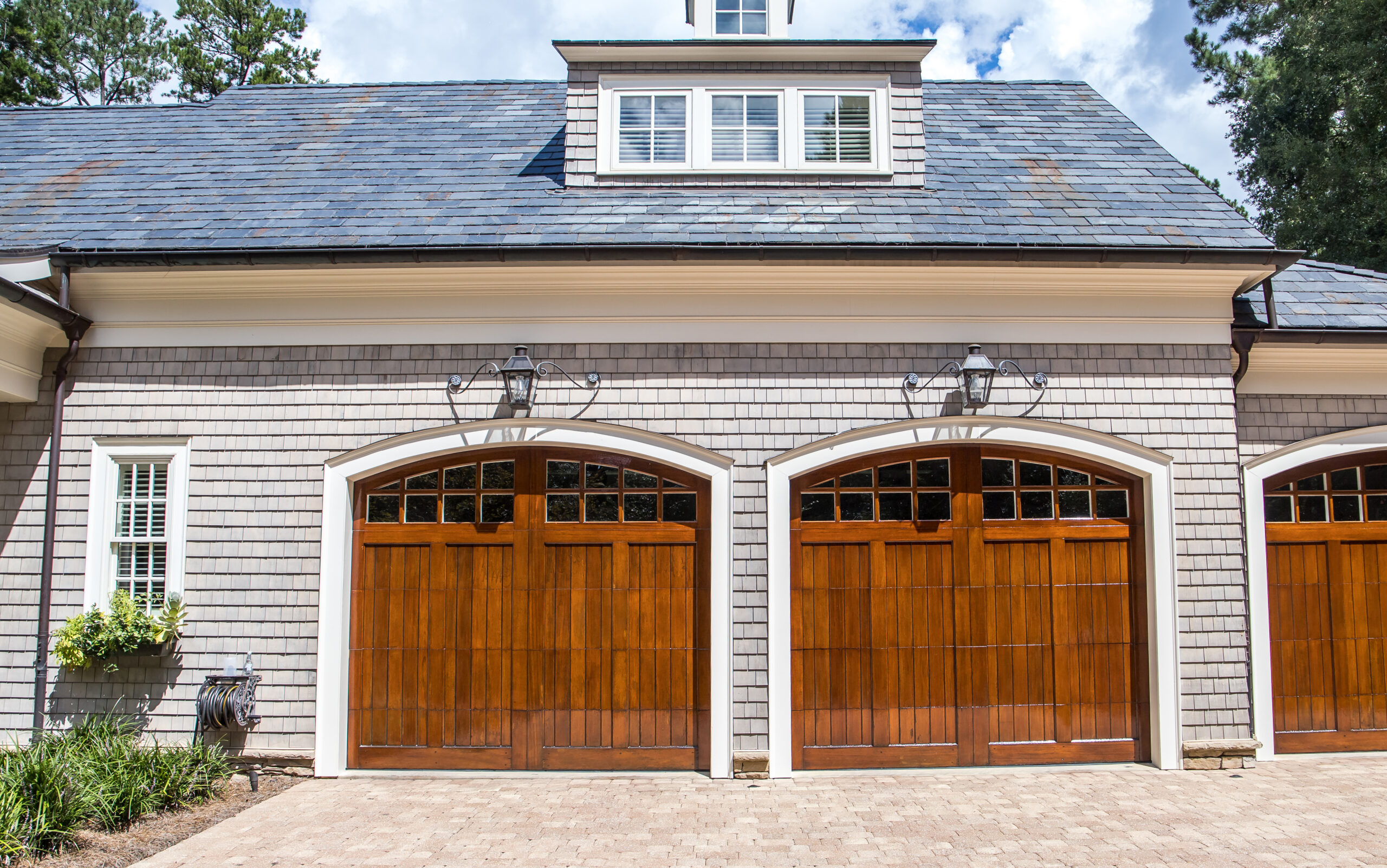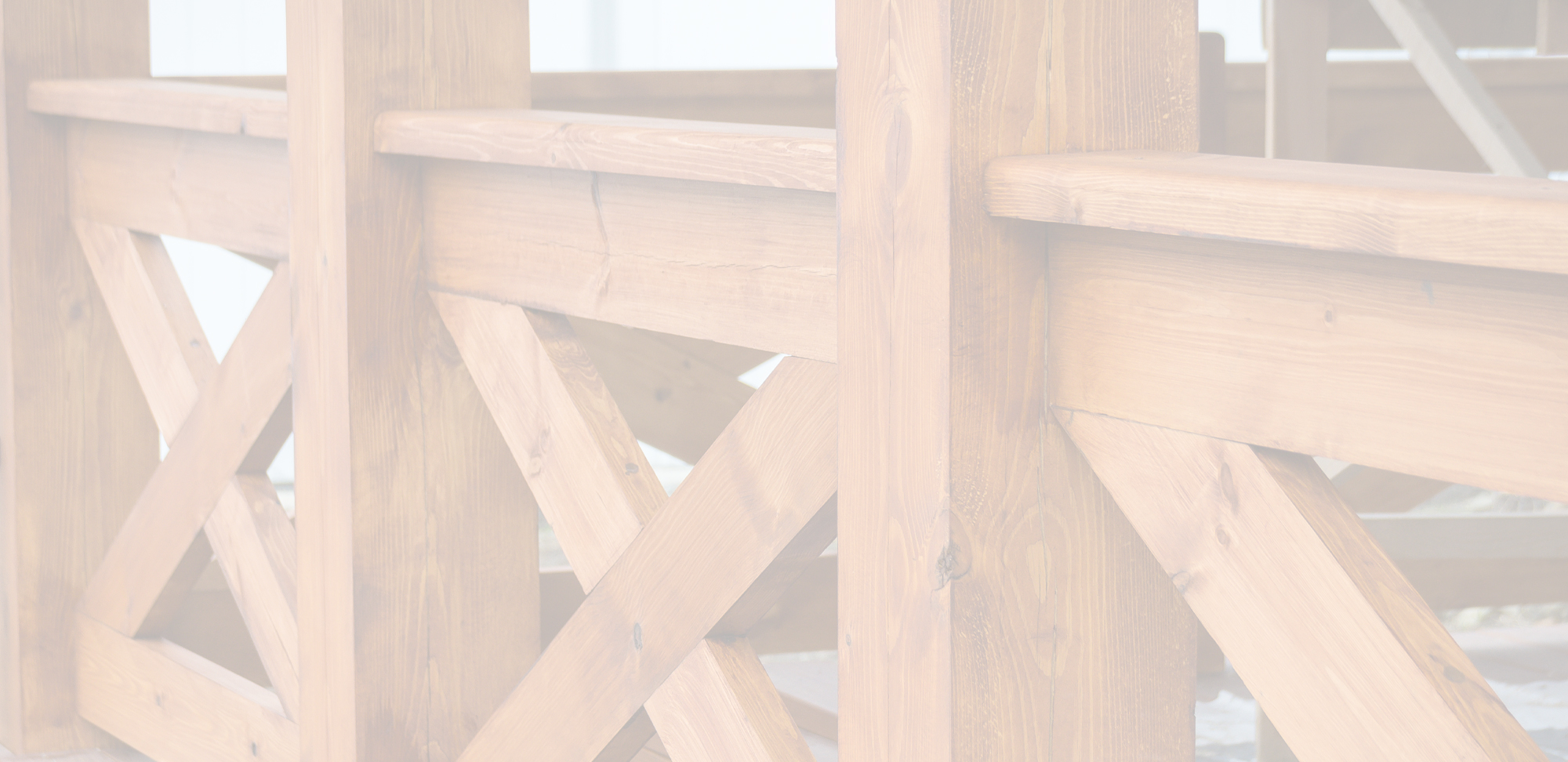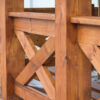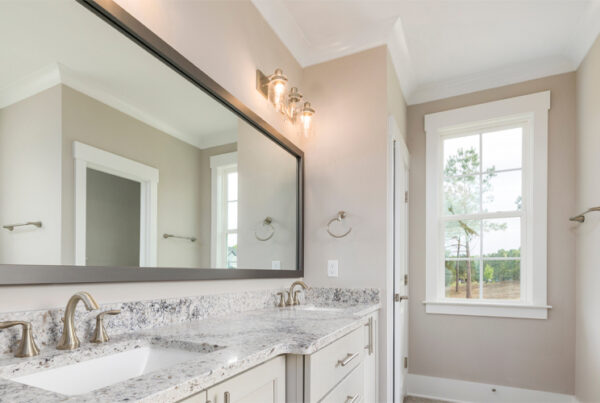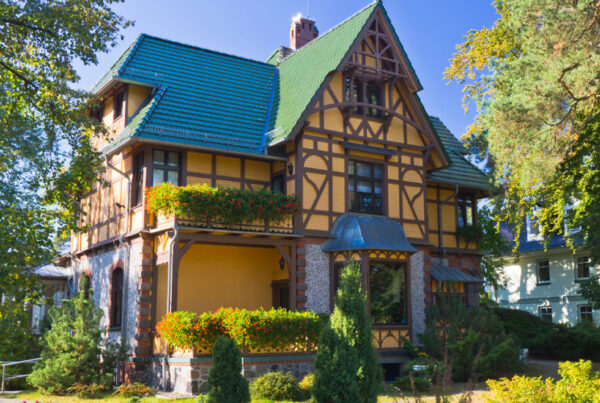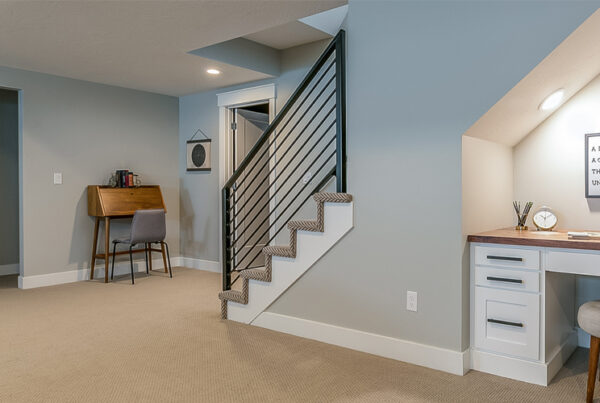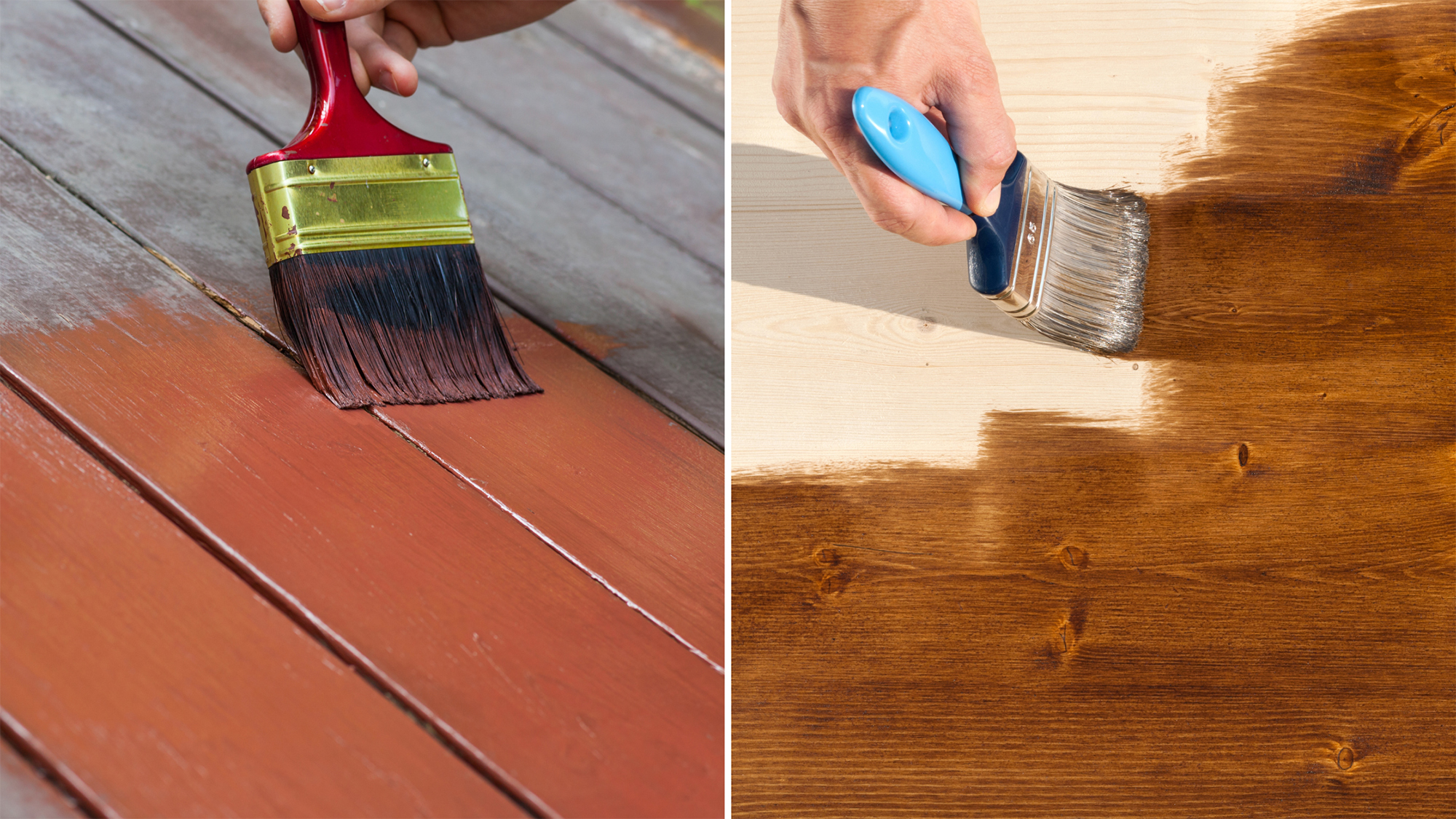
When it comes to enhancing and protecting wood surfaces, homeowners often face a common dilemma: Should you paint or stain? Whether it’s for interior or exterior woodwork, making the right choice is crucial to maintaining the beauty, longevity, and integrity of your wood surfaces. Both options have merits, but understanding their differences will help you decide which approach is best for your needs.
Painting vs. Staining
Painting is a popular method for covering wood surfaces. It provides a solid, opaque finish that can completely transform the look of any area.
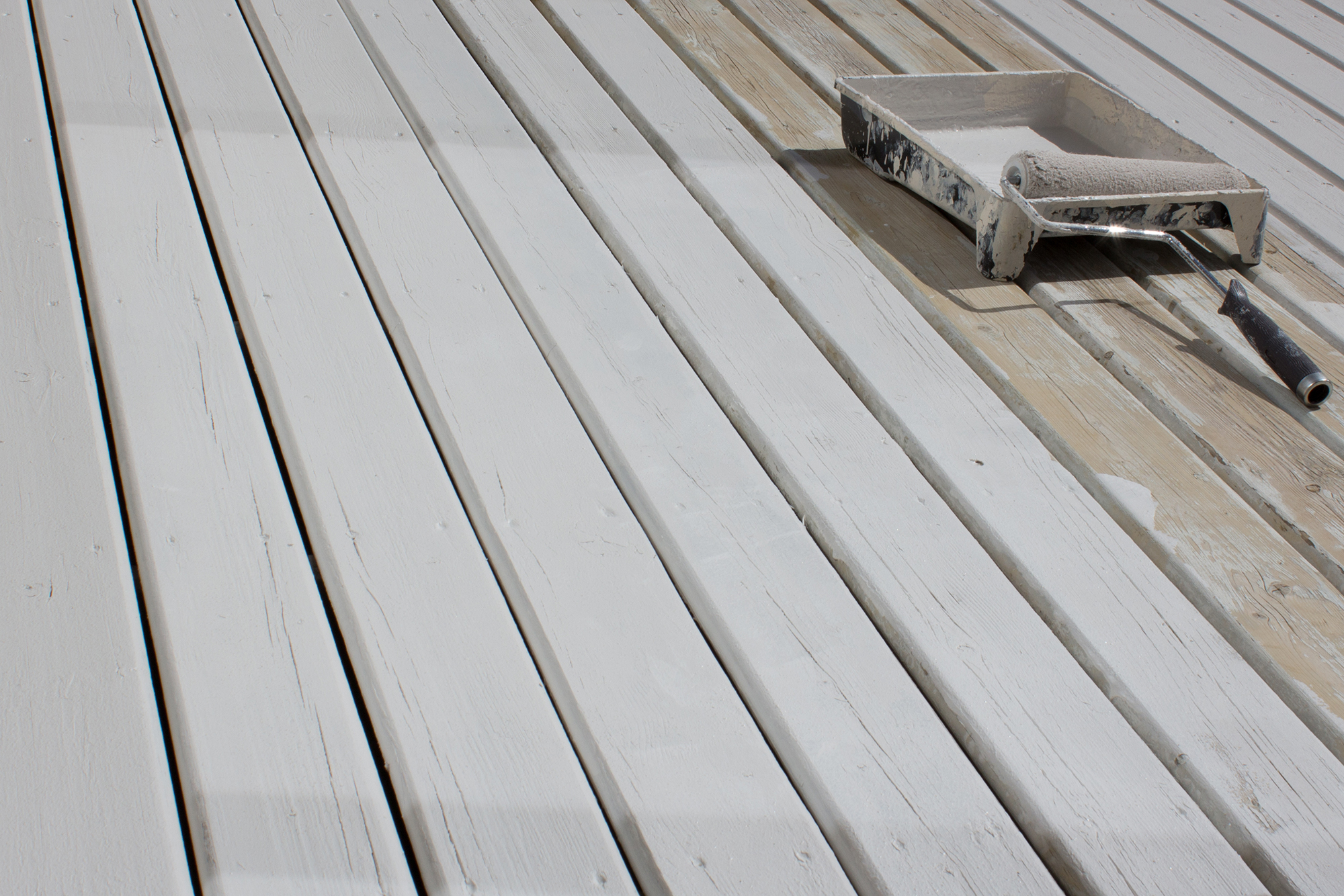
Pros of Painting
- Variety of colors: Paint offers a range of color options, allowing you to get pretty much any look you want.
- Durability: Paint creates a protective layer that can withstand weather, general wear, UV rays, moisture, and other factors.
- Coverage: Paint can cover imperfections and change the look of a wooden surface. It’s excellent for hiding flaws, stains, or previous finishes on older wood.
- Multiple finish options: Paint comes in various sheens (flat, matte, satin), allowing you to choose the perfect finish for your project.
Cons of Painting
- Paint sits on the surface: Unlike stains, paint doesn’t penetrate the wood, which may hide the natural beauty of the wood grain. This can be a drawback if you appreciate the natural look of wood. Additionally, paint requires priming the surface to achieve the best results, which can take more time and materials than staining.
- Preparation time: Painting often requires more extensive surface preparation, including priming.
- Thickness: Multiple coats of paint can slightly change the dimensions of woodwork, which might be an issue in tight areas.
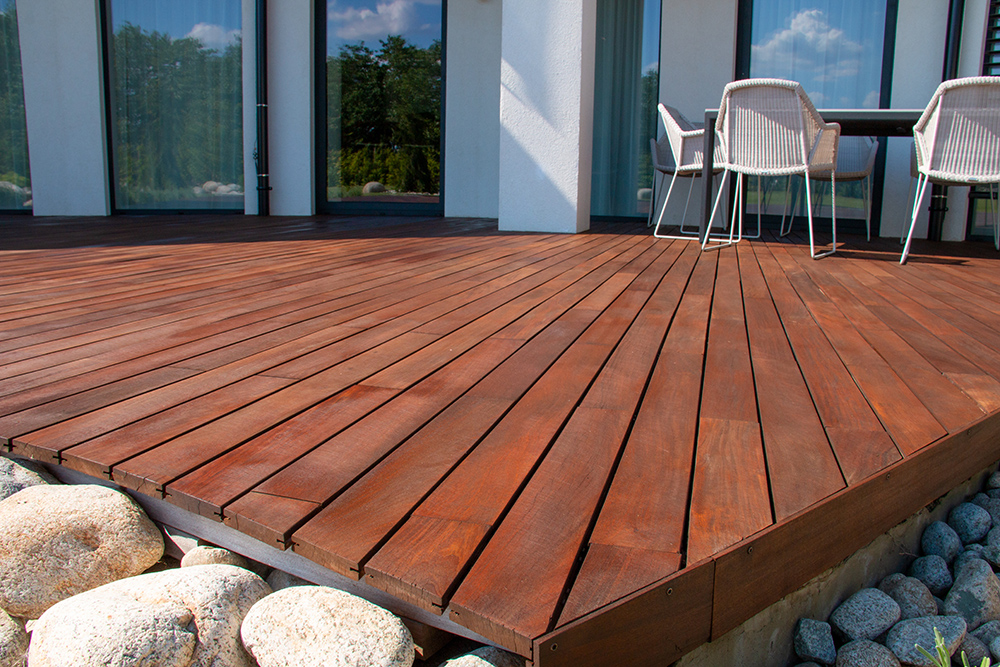
Staining
Staining is a method of treating wood surfaces that enhances their natural beauty by allowing the grain and texture of the wood to show through.
Pros of Staining
- Natural look: Staining enhances the wood’s natural color and grain, allowing the wood’s beauty to shine through. This is particularly important for high-quality wood surfaces that you want to showcase.
- Wood protection: Stains penetrate the wood, protecting it from within against moisture and UV damage.
- Easy application: Staining is often easier and quicker to apply than paint, requiring fewer coats and less precise application techniques.
- Breathability: Stains allow the wood to breathe. This breathability reduces the likelihood of moisture getting trapped, which can lead to rot or mildew.
Cons of Staining
- Limited color options: Compared to paint, stains offer fewer color options. They are typically limited to wood tones and natural colors.
- Higher maintenance than paint: Stained surfaces typically require more frequent maintenance than painted ones, especially for exterior wood. However, when it’s time to reapply, you often don’t need to strip the old stain – just clean the surface and apply a new coat.
- Doesn’t hide imperfections: Stains don’t cover imperfections as well as paint, so they may not be suitable for wood with significant damage or discoloration.
- Potential for uneven absorption: Different areas of the surface may absorb stains differently, leading to an uneven appearance, especially on softwoods.
Painting vs. Staining: Similarities and Differences
Here are some key similarities and differences between painting and staining wood surfaces.
Similarities
- Purpose: Both painting and staining protect wood surfaces from environmental damage, such as moisture, UV rays, and wear and tear.
- Application process: Both painting and staining involve surface preparation, which may include cleaning, sanding, and priming (in the case of painting).
- Maintenance: Both painted and stained surfaces require maintenance over time. Paint may need touch-ups or a fresh coat every few years, while stain may need reapplication, especially for exterior surfaces exposed to the elements.
Differences
- Appearance: Provides an opaque finish that completely covers the wood’s natural grain and color. Staining highlights the natural beauty of the wood grain.
- Color options: Painting offers a wider range of colors, while staining typically comes in shades that enhance the natural wood tones.
- Durability: Painting forms a protective layer on the wood’s surface, providing excellent resistance to weather and wear, especially for exterior applications. Staining penetrates the wood, offering protection from within. While it doesn’t peel or chip like paint, stained surfaces may fade over time.
- Suitability: Paint can be applied to any wood surface, including those with imperfections or unattractive grain. Staining is best suited for woods with attractive grains and natural beauty, as it highlights rather than hides the wood’s natural features.
- Environmental impact: Traditional paints can contain higher levels of VOCs (volatile organic compounds), although low-VOC options are available. Water-based stains generally have lower VOC content, making them a more eco-friendly option compared to oil-based paints.
Factors to Consider
When deciding between painting and staining, several factors should influence your choice:
- Wood type: Different woods react differently to paint and stain. For example, softer woods may absorb more stain, resulting in a darker finish, while hardwoods might resist penetration.
- Location: Consider whether the wood is indoors or outdoors. Exterior surfaces often benefit more from the protective qualities of paint, while interior woodwork might be better suited for staining.
- Personal preference: Your aesthetic goals, desired maintenance level, and even environmental considerations can guide your decision. Some prefer the vibrant, bold look of paint, while others lean towards the natural, warm finish of stain.
Still Unsure? Consult a Professional
Choosing between painting and staining is not just about personal preference; it’s also about ensuring the longevity and beauty of your wood surfaces. Consulting with experts at Precision Painting Plus can help you make an informed decision tailored to your specific project. Whether you’re enhancing the exterior of your home or refreshing interior woodwork, our professionals are here to guide you every step of the way.
